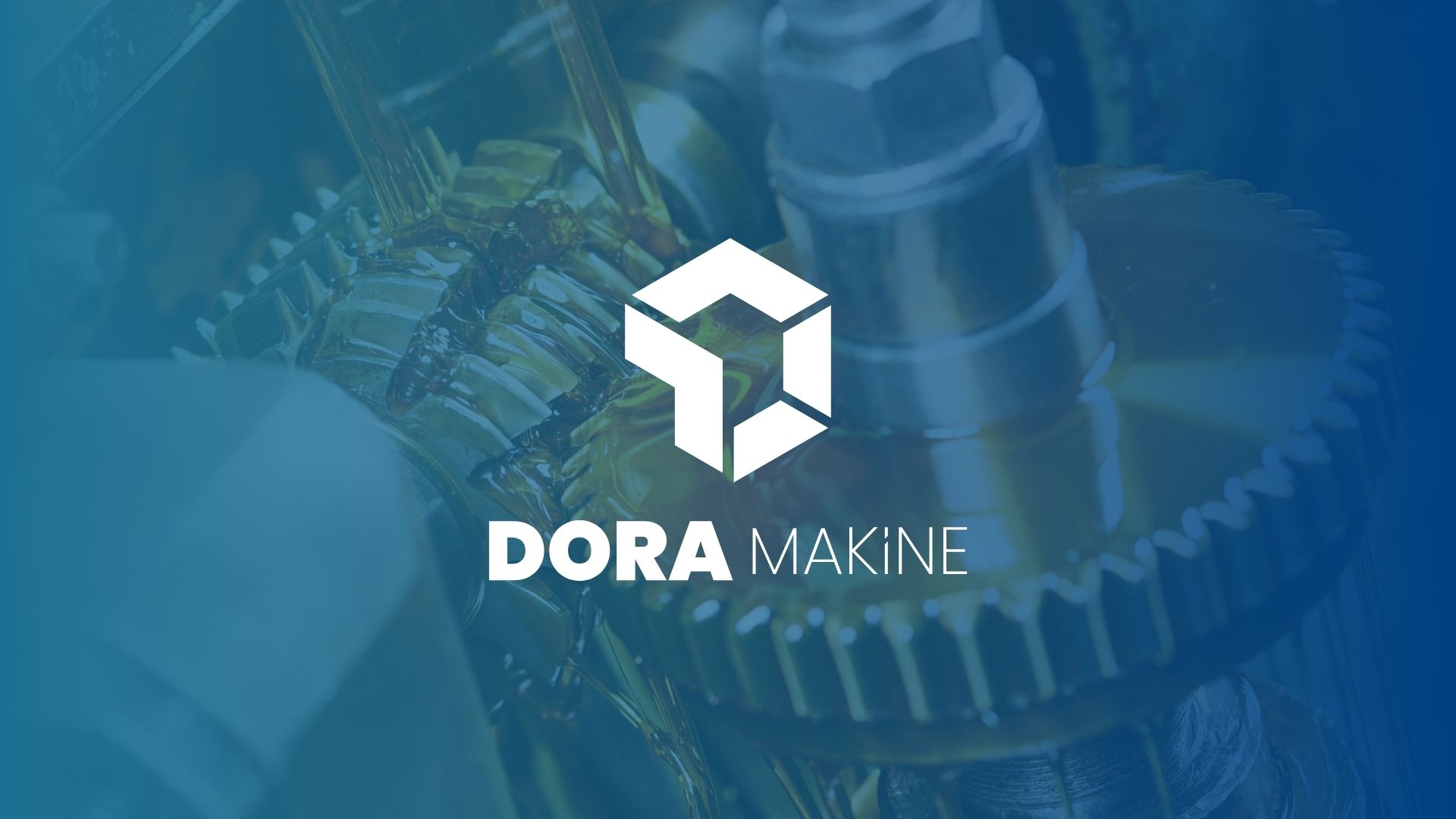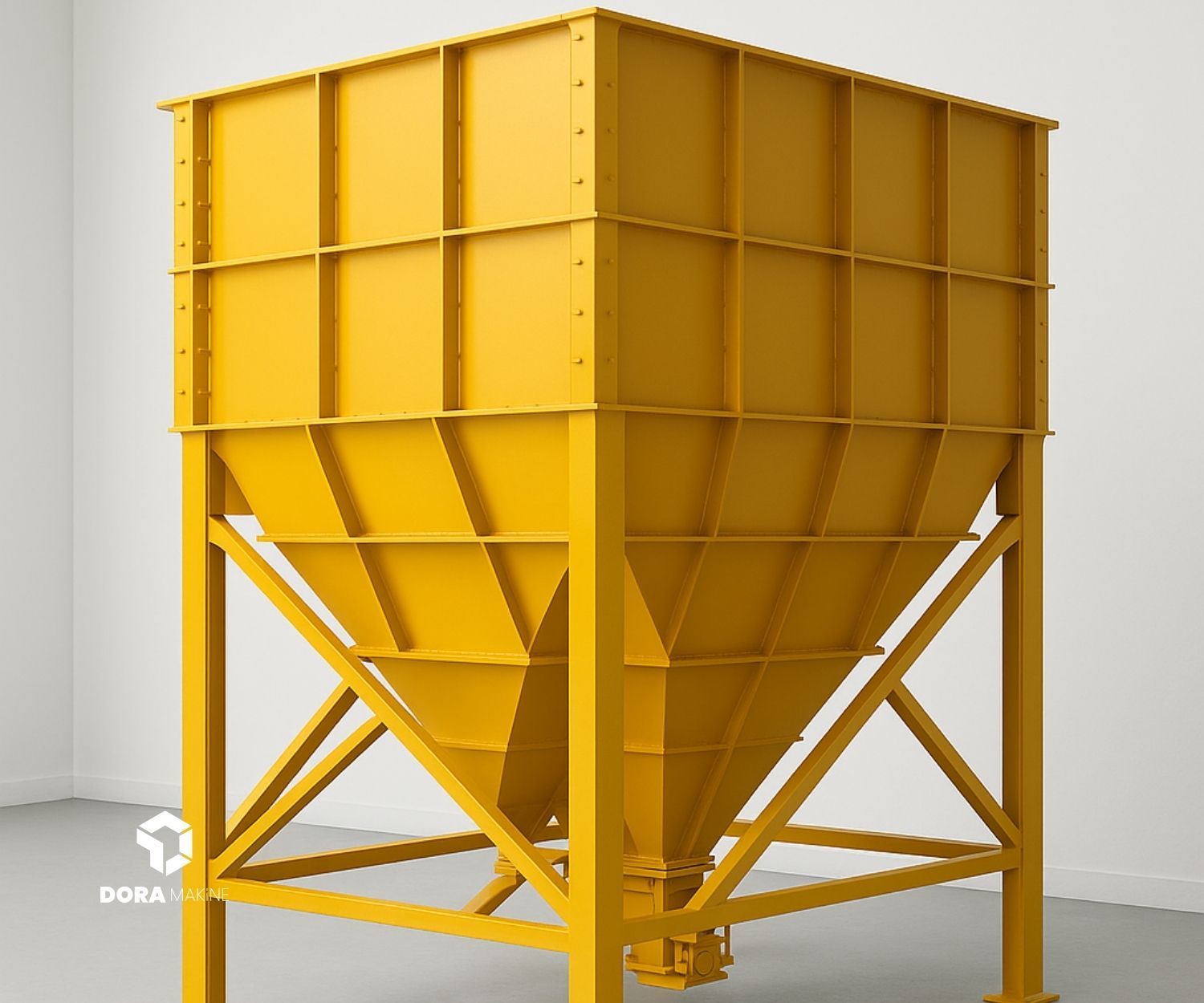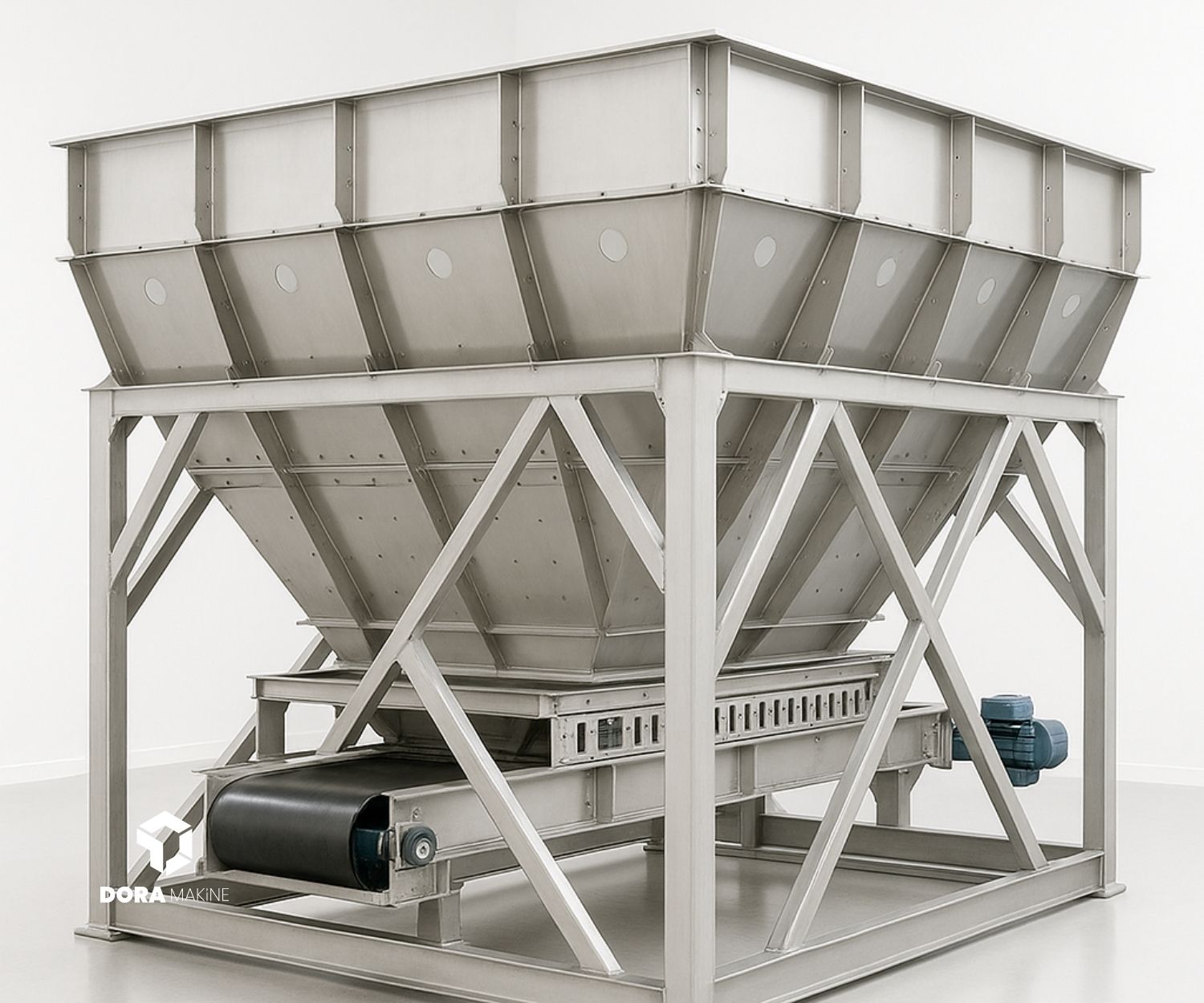
Bunker design requires more than just constructing a building. Bunkers are durable and secure structures specifically designed for various applications. Therefore, the first stage of the design process is the needs analysis. Needs analysis covers determining the purpose of the bunker, the environmental conditions it must withstand, and the security requirements of the users. This stage forms the foundation of bunker design and is extremely important for producing the right solution.
For example, there are significant differences between the design of a military bunker and one built for a data center. Military bunkers must withstand explosions, shocks, and long-term survival conditions. On the other hand, a bunker designed for data centers should prioritize electrical resilience and data protection. Needs analysis enables the development of special solutions according to these different requirements.
The application areas of bunker design are quite broad. Military bunkers, civilian protection shelters, data centers, and even energy plants may all require bunkers with different specific requirements. For this reason, needs analysis plays a critical role in the accuracy and longevity of the design.
Determination of Durability and Safety Standards
One of the most important stages of bunker design is determining durability and safety standards. This is not only about the physical strength of the structure but also about protecting the people or valuable assets inside. Durability is generally related to how well the structure withstands external factors such as natural disasters, explosions, and shocks. Safety, on the other hand, concerns the protection of the individuals inside the bunker.
In a bunker design, the materials used, construction techniques, and building methods directly affect the safety of the design. For example, strong materials such as concrete, high-density steel, and composites are elements that increase durability. In addition, explosion-resistant panels and sealing systems are used to ensure safety. So, what other factors should be considered to ensure safety in bunker design?
First of all, the interior design also affects safety. Many bunkers are equipped with special systems to control air quality, ensure fire safety, and secure entry and exit points. Additionally, security cameras, alarm systems, and defense mechanisms help protect the contents inside.
Durability and safety are related not only to physical elements but also to electronic infrastructure. Modern bunkers can be designed to provide secure communication even in the event of communication line interruptions. Considering these factors, determining durability and safety standards is one of the most critical stages of the design process.
Design and Modifications According to Load-Bearing Capacity
Bunkers are generally structures that can carry heavy loads; therefore, accurately calculating load-bearing capacity is important. If the bunker is to be built underground, factors such as groundwater level and soil bearing capacity should be considered. Designing according to load-bearing capacity is a critical step for both the safety and durability of the structure.
The materials used and construction techniques play a major role in determining load-bearing capacity. Strong materials such as reinforced concrete increase the load-bearing capacity of the structure. In addition, extra modifications can be made in the design. For example, various reinforcement techniques can improve the interaction of the structure with the ground and make it more resistant to heavy loads.
Another important factor is the internal arrangement of the bunker. The way interior walls, floors, and ceilings respond under certain loads shapes the designer’s approach. Modifications in the interior, such as larger spaces or supporting columns to increase load-bearing capacity, can make the structure more durable.
When designing according to load-bearing capacity, realistic analysis should always be carried out, and the properties of the materials used should be taken into account. Otherwise, the bunkers built may not have the expected durability and may face potential hazards.
Bunker Design and Material Selection According to Climate Conditions
Bunker design is not limited only to structural durability. Climate compatibility is also an important factor. Each region’s climate conditions play a determining role in bunker design. In cold climates, the selection of insulation materials along with heating systems increases efficiency. In hot climates, cooling systems and humidity control ensure the longevity of the bunker.
For example, a bunker designed for hot climates may use thick insulation materials to protect against extreme heat. On the other hand, in cold regions, thermal insulation and energy-efficient materials are preferred to maintain internal temperature balance. In humid conditions, the use of stainless steel and anti-corrosion materials in material selection is particularly important.
So how is material selection made according to climate conditions? The materials used in bunker construction should not only be durable but also resistant to environmental conditions. Although concrete is a durable material, it may deteriorate in humid areas. Therefore, in humid climates, more resistant and corrosion-resistant composite materials may be preferred instead of concrete. In extremely hot regions, insulated exterior walls and windows can provide energy efficiency.
Designing bunkers according to climate conditions ensures both the longevity of the structure and the creation of a space that serves its intended purpose. For this reason, environmental conditions should be considered at every stage of the design process, and the most suitable materials should be selected accordingly.


